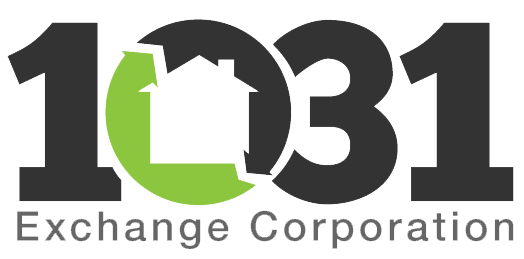Information For Tax Advisors
- Revenue Procedure 2000-37 Reverse Exchange
- Revenue Ruling 2002-83 Related Party Exchanges
- Revenue Procedure 2005-14 Use of Section 121 With Section 1031
- Revenue Procedure 2004-51 Amends Rev. Proc 2000-37
- Revenue Procedure 2002-22 Advance Ruling Requirements For TIC
- IRS Bulletin 2005-3 Extends Time Periods In National Emergency
1031 Exchange FAQs
From the time of closing on the relinquished property, the investor has 45 days to nominate potential replacement properties and a total of 180 days from closing to acquire the replacement property.
Identification requirements: The investor must identify the replacement property prior to midnight on the 45th day. The investor normally nominates three potential properties of any value, and then acquires one or more of the three within 180 days. Typically, a common address or an unambiguous description will suffice. If the investor needs to identify more than three properties, it is advisable to consult with your 1031 facilitator.
As an Exchangor, you are required to provide an “unambiguous description” of the potential replacement property on or before the 45th day after closing on the relinquished property. (A legal description or property address will suffice). If you wish to identify or purchase multiple properties, you must follow one of the following guidelines:
- Identify up to three properties of any value with the intent of purchasing at least one.
- Identify more than three properties with an aggregate value that does not exceed 200% of the market value of the relinquished property.
- Identify more than three properties with an aggregate value exceeding 200% of the relinquished property, knowing that 95% of the market value of all properties identified must be acquired.
An exchange is not an “all or nothing” proposition. You may proceed with the exchange even if you take some of the sale proceeds from the sale closing to use on other items. You will, however, be liable for paying the capital gains tax on the difference (“boot”).
It does not matter how many properties you are exchanging in or out of (1 property into 5, or 3 properties into 2) as long as you go across or up in value, equity and mortgage. The only concern with exchanging into more than three properties is working within the time and identification restraints of section 1031.
There is a common misconception amongst Exchangors on how much money needs to be re-invested when participating in an exchange. In order to be fully tax deferred, you must re-invest in a property that is equal to or greater than the sales price of the property you are relinquishing. If you are selling a rental house for $500,000 with $200,000 in equity, you must purchase a new property with a price of at least $500,000 and equity of at least $200,000. If you choose to go down in value or choose to pull some equity out, an exchange is still possible but you will have tax exposure on the reduction. The value and equity numbers are net after paying “normal transactional costs.”
No, the IRS takes the position that the first money out is theirs. In other words, you cannot be reimbursed your initial investment without incurring tax exposure. It is possible to receive money; however, any funds received will be taxed.
